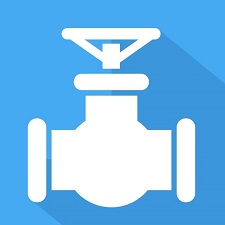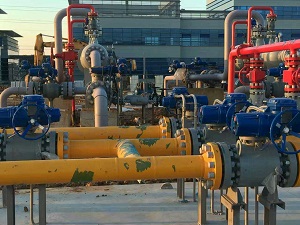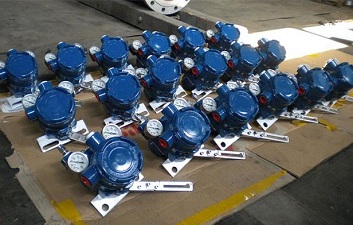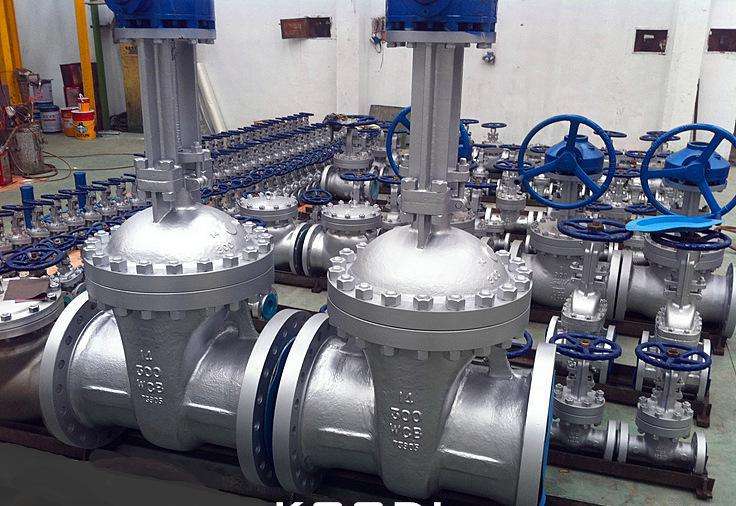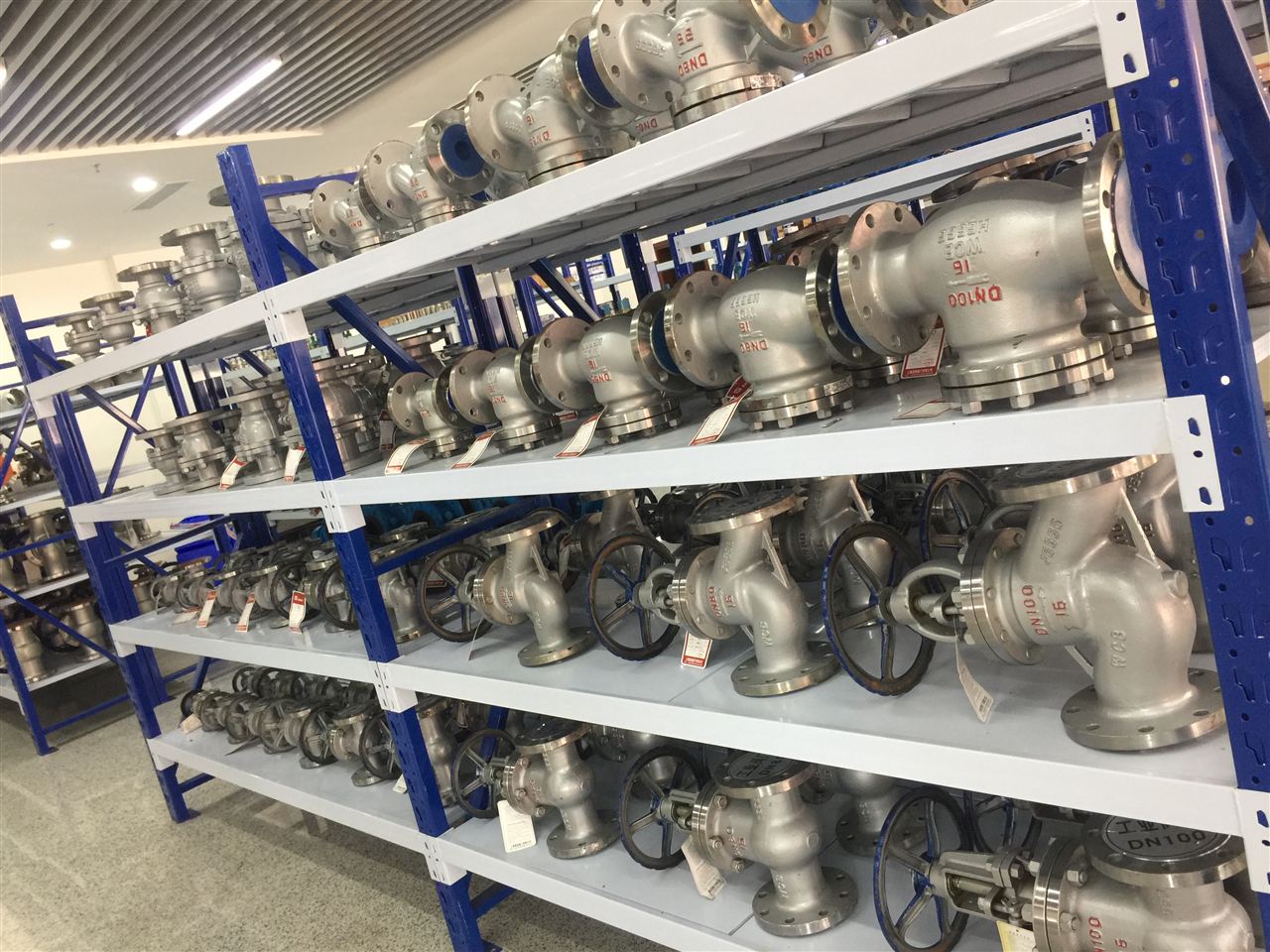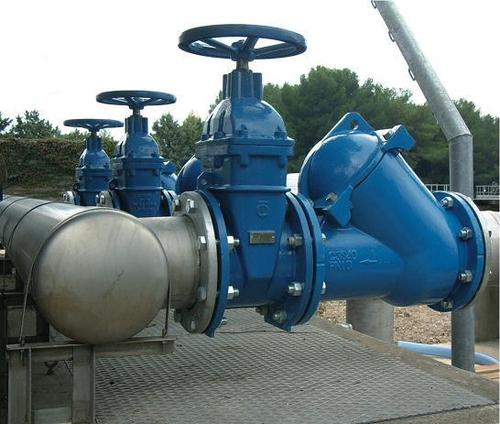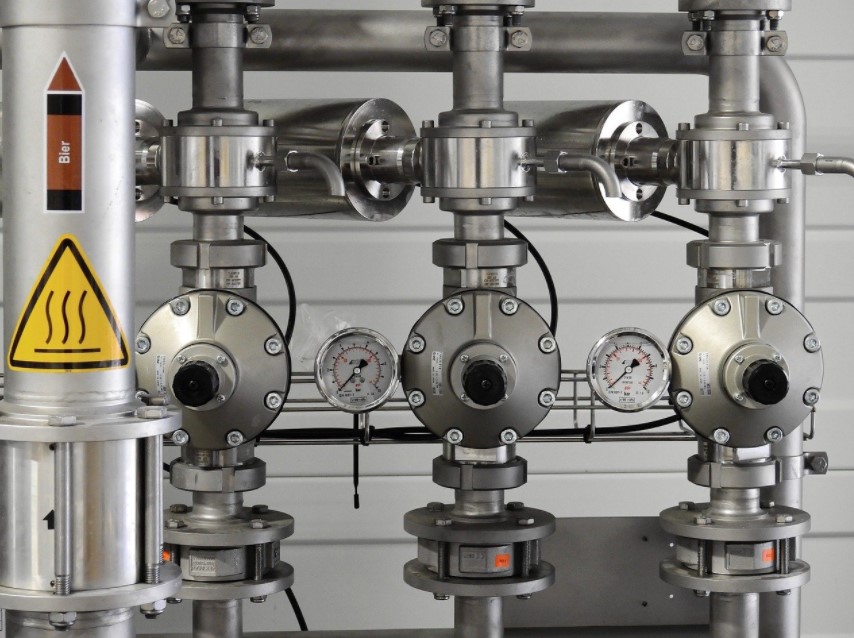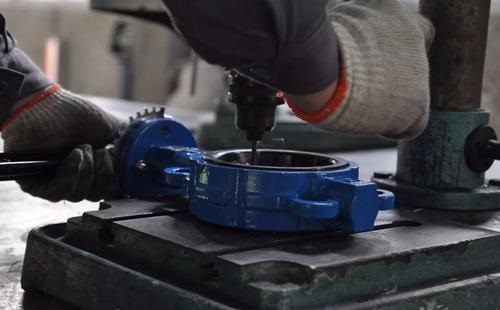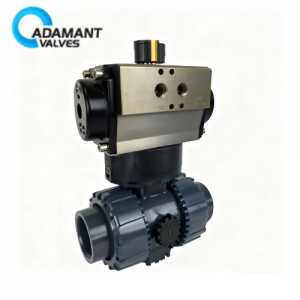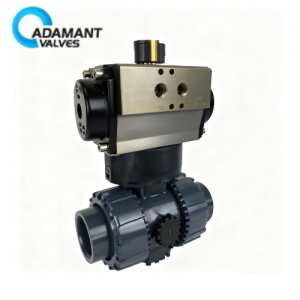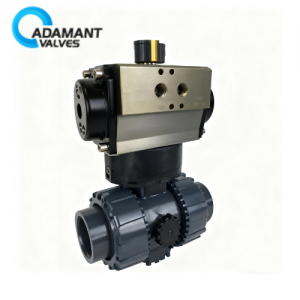Category: Sanitary Valves News
The Classification of Common Hydraulic Valve
What is a Hydraulic Valve? Hydraulic valve is a kind of component used in the hydraulic drive to control the pressure, flow, and direction of the liquid. The type that controls pressure is called pressure sanitary regulating valve. The type that controls flow is called the flow regulating valve. The type that controls the flow […]
Read moreWhy Do We Need Balancing Valves?
What is a balancing valve in plumbing? A balancing valve is a specialized valve designed to regulate flow rates and maintain proper pipeline system function. Balancing valves have excellent flow regulation characteristics; they ensure consistency by controlling and equalizing pressure levels in disparate areas throughout piping systems. By ensuring proper flow rate performance, they ensure […]
Read moreThe Advantages of Intelligent Valve Positioners
What is a Regulating Valve? Regulating valves, also known as control valves, control fluid flow by increasing or decreasing the size of their flow pathway. Some can be controlled remotely or integrated with automated systems. Regulating valves are specialized valves that monitor and adjust the volume, pressure, direction, and flow rate through the pipeline. There […]
Read moreSanitary Valve And Its Usability
The sanitary valve is an imperative element in any process or system where fluid flow should be monitored and manipulated. The selection of an appropriate and proper valve means you have to possess a thorough knowledge of the process for which it will be used. While selecting the proper valve one should know not only […]
Read moreWhat is A Sanitary Valve?
A valve is a mechanical device that controls the speed of flowing any fluid. It can be used in the case of fluidized solids, gases, slurries, or liquids through the gateway of opening, closing, or sometimes partially obstructing different passageways. Most of the valves are used in water reticulation, oil and gas, sewerage, mining, power […]
Read moreEnvironmental focus Of The Sanitary Processes
Everything that we do in our day-to-day life has an impact on the environment. Today our world is looking for ways to lessen pollution, consume less energy, supply clean water, and the most significant than anything else that is concerned with finding renewable sources of energy. Adamant Valves’ main contribution to a cleaner and greener […]
Read moreWhy The Sanitary Valves Are Useful
Valves work with the ability to regulate the water flow by taking a quarter. Sanitary valves are commonly available in the market. These valves are successfully using the following industrial sectors: Petrochemical, Petroleum, LPG industry, Steam and Boilers, Food and Beverage, Pharmaceutical, and General industry. Manufacturing, Mechanical services (HVAC) & Fire, Marine, Fire & Mechanical […]
Read moreChoose Your Type Of Sanitary Valve
With the rapid development of our nation, demand for construction items is also increasing tremendously like sanitary pumps, sanitary fittings, sanitary valves, etc. With the advancement of technology, creative minds are innovating different products with different features to meet the requirement of people. Some manufacturers are offering their products with some extra and unbeatable features […]
Read moreSanitary Valves With Unique Features
There are a wide variety and range of sanitary valves available in the market to fit with your requirements. You cannot conclude your search by telling this one is good or that a particular valve is not good. It only depends upon your requirement criteria that what kind of valve you are searching for. Each […]
Read moreSanitary Valve From Engineer’s Point of View
When it comes to the sanitary valve, we feel we all know more or less about this. But there are few people who actually know what a valve is and how it functions. Let’s have a look at the know-how of a particular sanitary valve. Generally, all the sanitary valves are mostly similar in their […]
Read more
